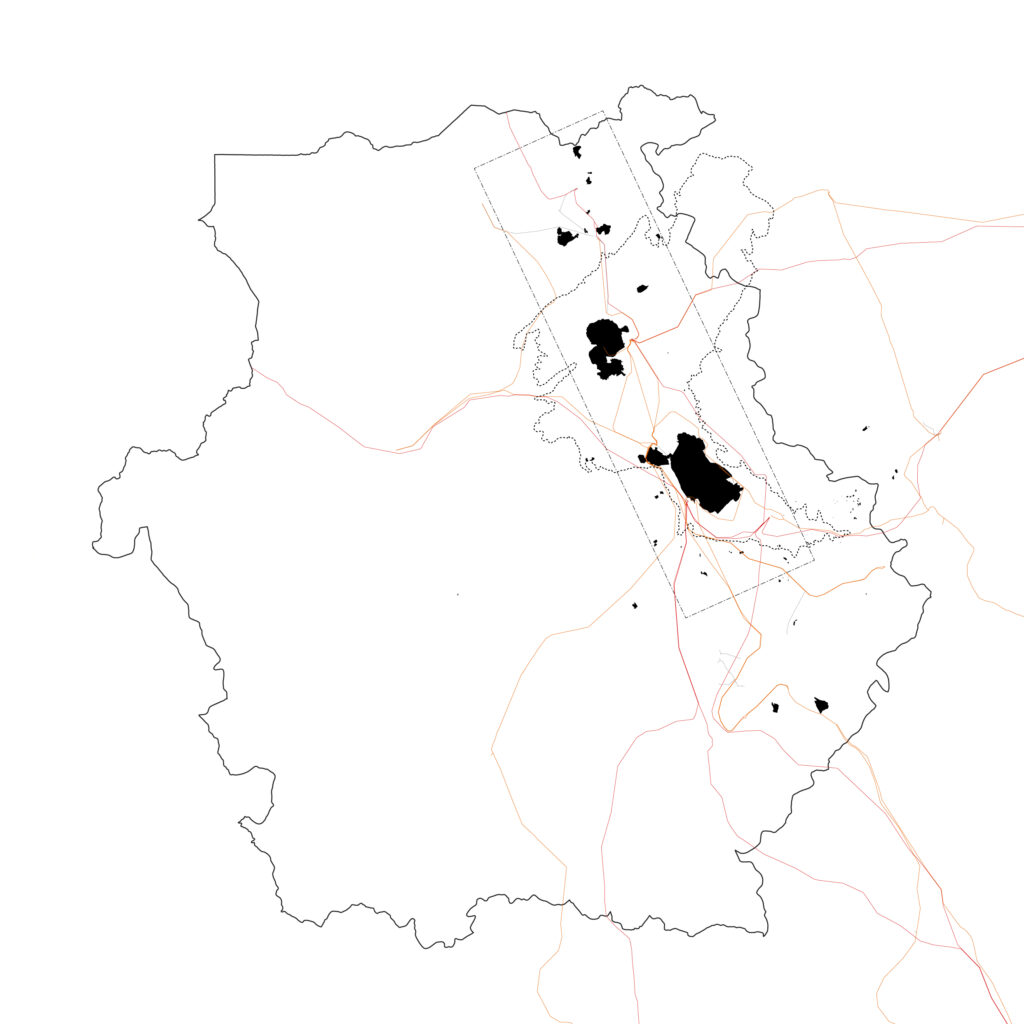POWERHOUSE
In the contemporary understanding of the term, the region of West Macedonia is a proper example of a ‘hinterland’, as it is technologically controlled and has produced certain unawarenesses that seem to be an impertinent part of modernity’s evolution. Responsible for over 40% of Greece’s total energy production, it is subordinated to the role of the country’s economy’s powerhouse.
Even though it is located hundreds of kilometres from large urban areas such as Athens or Thessaloniki, it became an integral part of these urban fabrics. The production of electricity is a direct response to the usage at any given moment: flipping a switch in Athens or Thessaloniki can cause the turbine of the Agios Dimitrios Power Plant to start spinning. The mutual relationship between production and capital is binding, as well as necessary for the existence of the urban as a whole. Its existence relies on contributing to production and supply. Just as urban areas could not exist without production spaces, today’s West Macedonia is not economically self-sufficient due to the monopolization of extraction activity.

Greece has pledged to eliminate coal-powered electricity production by 2028. This would end the phase of one type of exploitation process and creates a task for Western Macedonia to reinvent itself. The loss of the region’s importance as an energetic hinterland foreshadows large consequences for its economy. Territory built around the idea of a production zone will become obsolete. Land, once conquered, must now undergo another transition process. This illustrates the fragility of the region, being a ‘sacrifice zone’, entangled in the toxic process of supplying profit-oriented capitalism.

